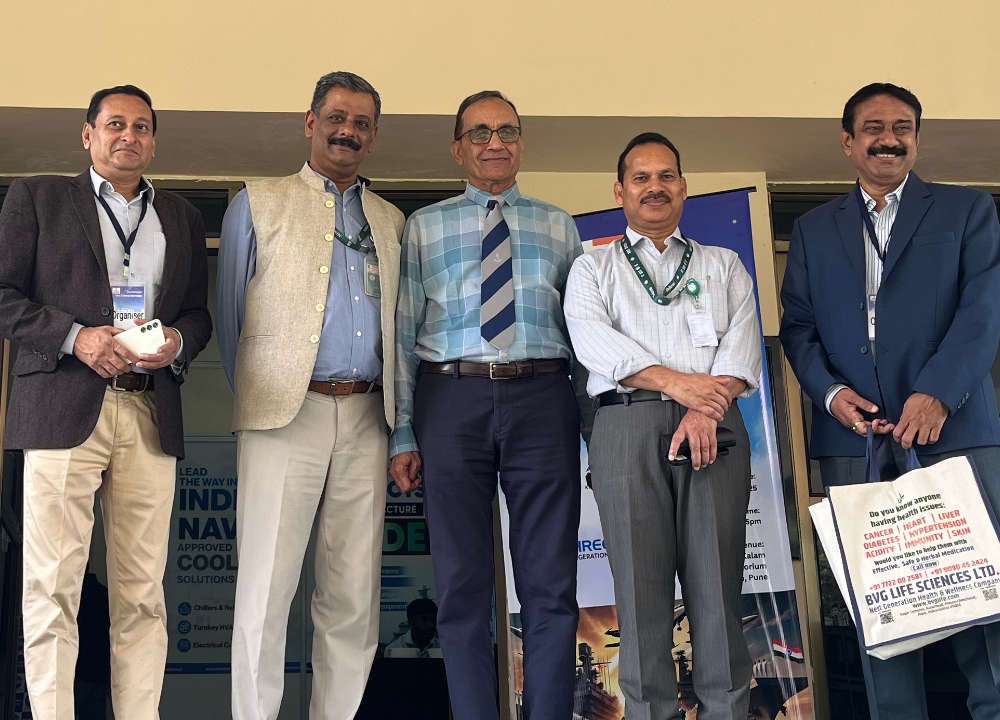Lockheed Martin has successfully completed an Early Design Review (EDR) for its satellite design, marking a significant step in the U.S. Space Force’s (USSF) Space Systems Command Mobile User Objective System (MUOS) Service Life Extension (SLE) program. This achievement demonstrates the readiness of the satellite design, which will ensure continued, secure, and clear communications for military forces in motion. Lockheed Martin is one of two companies selected to advance MUOS satellite concepts in Phase 1 of the program, focusing on early design and risk mitigation.
“In under a year, our team not only met the expectations for the early design review but exceeded them by meeting the rigorous standards required for a more advanced design assessment,” said Maria Hartin-Swart, program management director for Lockheed Martin’s MUOS SLE development.
Lockheed Martin’s deep knowledge from building and maintaining the existing MUOS constellation allows the company to mitigate risk by addressing the complexities inherent in the mission. The company’s focus on leveraging digital technologies ensures that MUOS can remain operational and effective for years to come.
For the MUOS satellites under the extension program, Lockheed Martin has partnered with SEAKR Engineering, a leader in advanced space electronics. Together, they have developed a new MUOS payload processor, an essential electronics component for the spacecraft.
This next-generation processor incorporates cutting-edge technology to strike the ideal balance between processing performance, resilience, and efficient resource use aboard the satellite. A unique feature of this processor is its ability to be re-programmed in space, allowing future MUOS satellites to adapt and meet emerging mission needs throughout their operational lifespan. The processor recently completed a successful customer demonstration, earning a Technology Readiness Level-6 designation, indicating it is ready for production.
The integration of this proven technology ensures that future MUOS satellites can maintain security and flexibility in an evolving threat landscape. The MUOS network, composed of orbiting satellites and relay ground stations, has transformed secure communications for mobile military forces. The current MUOS constellation uses a unique Wideband Code Division Multiple Access (WCDMA) waveform, which operates like a standard cellphone network, accommodating multiple users across a spectrum.
The MUOS network currently serves more than 67,000 terminal and radio users, offering secure Ultra-High Frequency (UHF) communications that extend beyond line-of-sight. This capability ensures that military forces can maintain contact even in areas where traditional communication methods may not reach.
In addition to its secure UHF communication, the MUOS network supports simultaneous transmission of clear voice, video, and mission data. Its reliability extends to remote and hard-to-reach regions around the globe, ensuring consistent and dependable communication capabilities wherever needed. After the completion of Phase 1, the USSF plans to select a provider for Phase 2, which will involve production, testing, and the launch of two new MUOS satellites by 2030.
Lockheed Martin is a global leader in defense technology, committed to advancing innovation and scientific discovery. The company focuses on delivering all-domain mission solutions that ensure security and readiness for those it serves.








